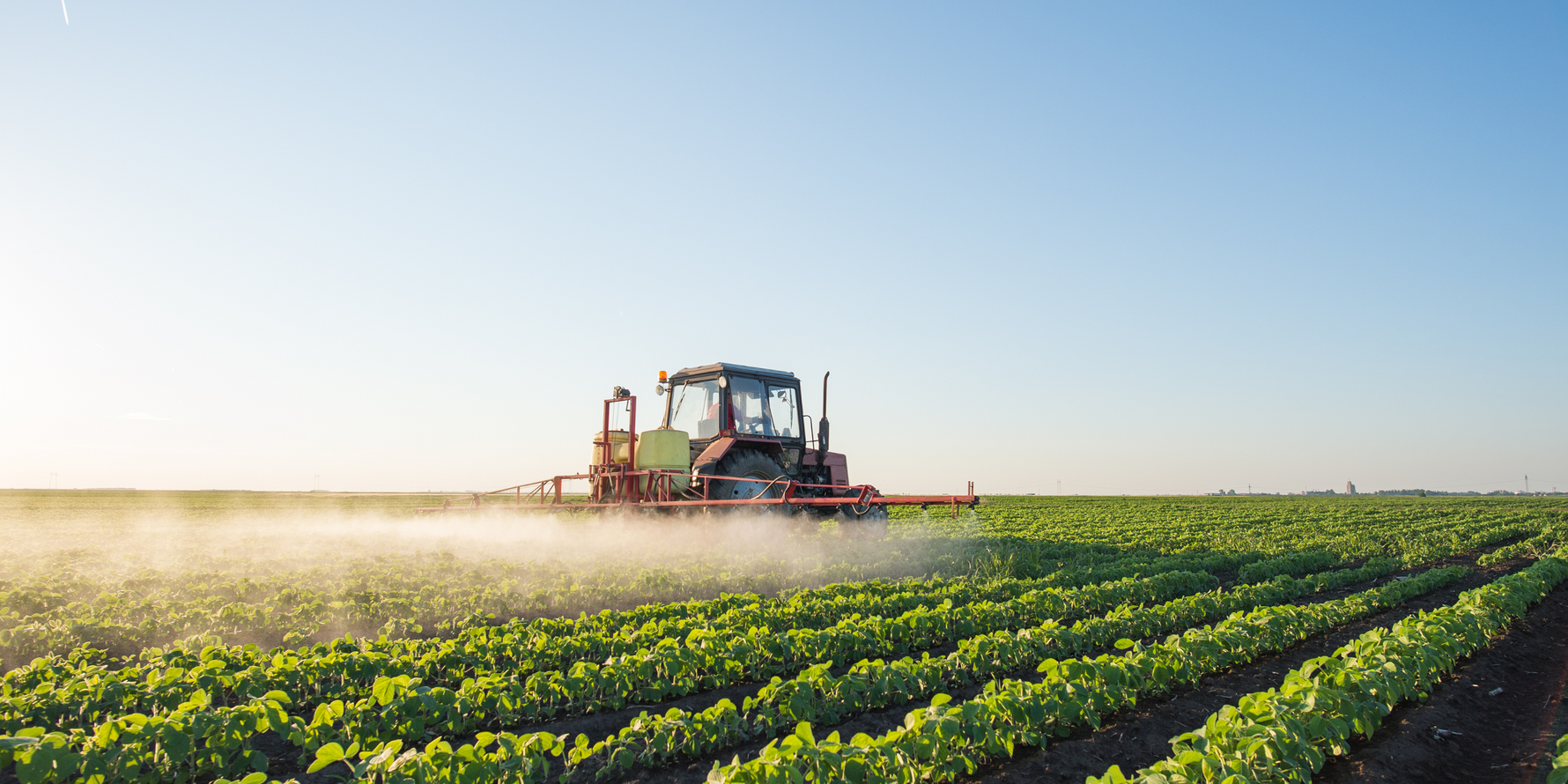Barn Owl Blog

Barn Owl Blog
The Jersey Advantage: High‑Quality Milk from a Petite Powerhouse

Barn Owl Blog
Black-and-White Powerhouse: A Spotlight on Holstein Cattle

Barn Owl Blog
Heat Warriors: A Spotlight on Brahman Cattle

Barn Owl Blog
Golden Performance: A Spotlight on Limousin Cattle

Barn Owl Blog
Swiss Strength: A Spotlight on Versatile Simmental Cattle

Barn Owl Blog
Cream of the Crop: Spotlight on Charolais Cattle

Barn Owl Blog
Hereford Heritage: Celebrating the Sturdy Hereford Cattle

Barn Owl Blog
Black Gold: A Deep Dive into the Iconic Angus Cattle

Barn Owl Blog
Meet the Herd: The Most Common Beef and Dairy Cattle in the U.S.

Barn Owl Blog
What Is Living Mulch? A Natural Way to Protect and Nourish Your Soil

Barn Owl Blog
Alternative Supplementation Options for Livestock: Beyond Mineral Tubs

Barn Owl Blog
How to Adjust Mineral Supplementation for Cattle by Season and Age

Barn Owl Blog
Where (and Why) to Place Mineral Supplements for Your Livestock

Barn Owl Blog
The Most Common Cattle Mineral Supplements — And Why They Matter

Barn Owl Blog
Is Your Pasture Enough? How to Tell When Your Livestock Need Mineral Supplements

Barn Owl Blog
Integrated Pest Management: A Sustainable Approach to Pest Control

Barn Owl Blog
Precision Agriculture: Revolutionizing Modern Farming

Barn Owl Blog
No-Till Farming: Cultivating Sustainability and Efficiency

Barn Owl Blog
Cover Cropping: A Regenerative Practice for Soil Health and Sustainable Agriculture

Barn Owl Blog
Ley Farming: A Sustainable Approach to Crop and Livestock Integration